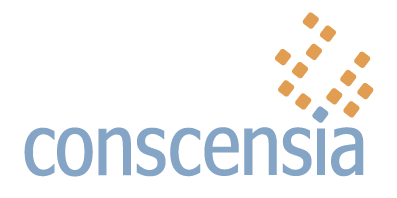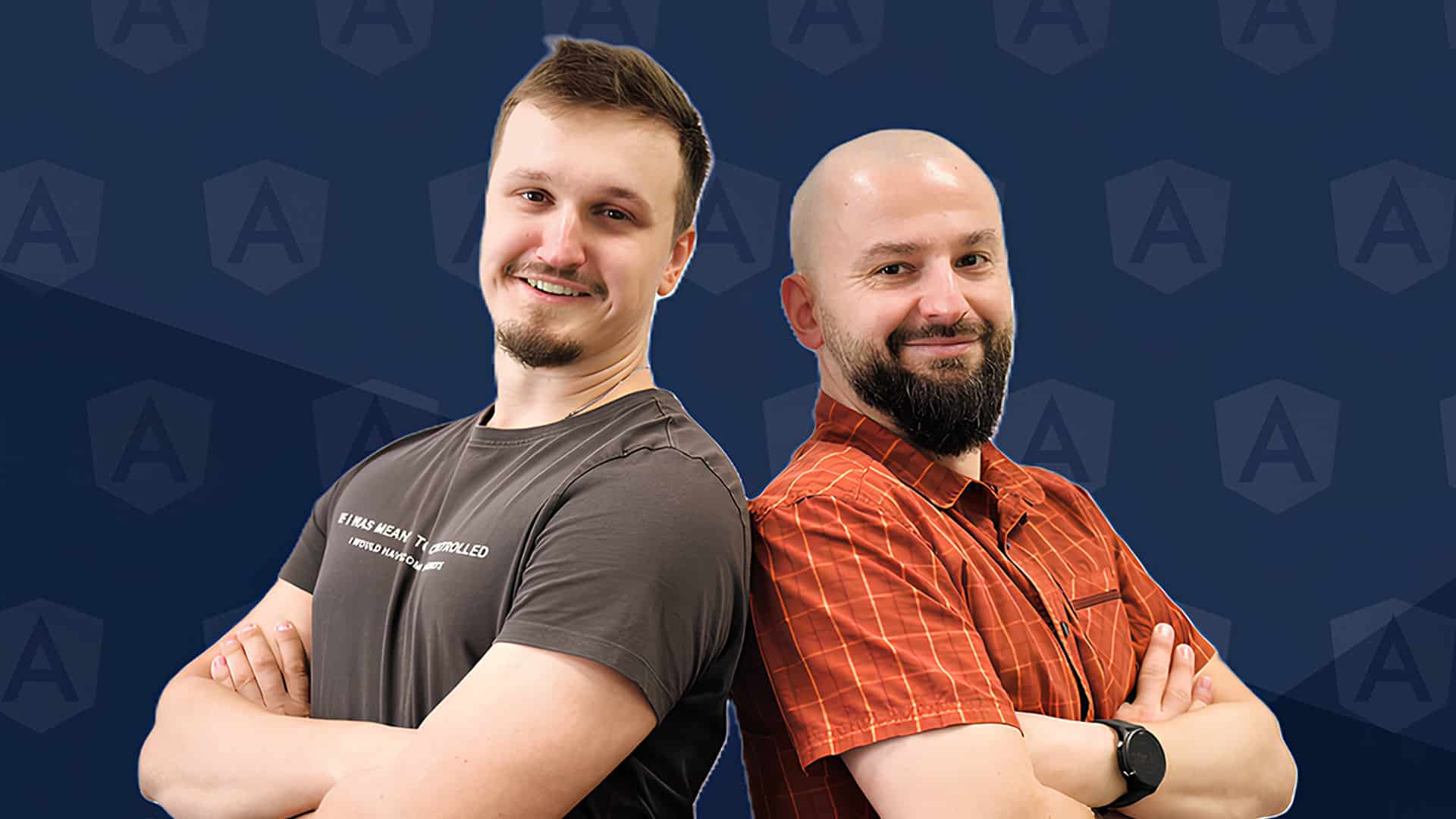13. august 2021
Olha was a Senior QA engineer at Conscensia when she decided to become a UX designer. She talks about challenges she faced when shifting to another profession, shares practical tips for those who want to become a UX designer and explains what has brought her back to Conscensia.
I have been working as a QA engineer for 6 years. I had a successful career and gained an internationally recognized ISTQB certificate. I worked mostly as a manual tester, and when I decided to shift to automation testing, the idea of working with people instead of the code hit me.
I like to plan ahead and break large tasks of personal and professional development into small steps. It was obvious that I needed to improve my technical QA skills, learn how to write automation scripts, and improve leadership qualities to manage a team in the future. But soon I noticed that I am always delaying these activities by signing up for online courses about interviewing users, user experience, and user psychology. This discovery made me think about the job which combines tech, communication and makes people’s lives easier. This job was UX design.
I worked mostly as a manual tester, and when I decided to shift to automation testing, the idea of working with people instead of the code hit me.
Preparation Steps Before Changing the Way
I decided to combine studying both the UX and UI aspects of design. I think that logical and visual structures are interconnected and complementary. My whole life I loved visual aesthetics, photography, graphics, and shapes. Bringing it to my professional life was a reflection of my inner drivers. In some agencies UX and UI design are two separate positions, in some – they are combined. Anyway, you don’t need to have an art degree to be a UI designer. But you need to understand UI principles when working as UX.
My first UX study was online courses at EdX, N&N group, and Udemy. Afterward, I joined a basic UX course at LITS academy. At that time it wasn’t enough to get a job, but I got lucky and became an intern in a design studio. I passed one interview and was chosen out of 150 people among 40 others. After the second interview stage, only four people were left and three of them were offered an internship. I was among them. During that time I continued to work as a QA engineer. Sometimes I was working on my intern project until 4 am and came back to work in the morning. It was difficult physically but felt so good emotionally. I knew that I was on my way.

A UX Journey: There and Back Again
There were no UX positions at Conscensia, so I left the company and my QA career in October 2019 to join a design agency. It was a tough experience. I didn’t end up at the place where I could use all my skills and potential. Instead, I got a lot of underestimation, stress, and situations when I was the one asking for a project or a task.
I believe that it is impossible to find your way but to create one. So, I left that place soon enough and got a job offer a few hours after the interview at another agency. I totally fell for that project.
“In February 2021, my life took one more unexpected turn. I was asked to join Conscensia as a UX designer. I didn’t hesitate for a long time. When I decided to accept the offer many people texted me: “Welcome home!”. At first, I smiled but later I realized that it actually feels like coming back home. A home where all the processes are clear and I understand what’s going on. At Conscensia I don’t feel passive aggression or get those intense looks from teammates. Communication is always open, warm, and supportive. Now I understand why some people stay at the company for 10 years or more. Conscensia is about a community where its members are valued as personalities.”
Also, I like the Danish mentality. Most of the projects are with the Danes, so the workflow is steady and work/life – balanced. It means a lot to me.
9 Tips I Wish I Knew Before Starting a UX Career
Develop visual skills. It is essential for creating eye-pleasing interfaces. Look at shots at Dribbble, analyze why you like them and try to re-sketch them. Soon you will understand why and how those shapes, colors, hierarchy of elements and scripts deliver the look and feel. After 6 months of constant work, you will be impressed by the results.
Analyze the market and trends. Learn popular platforms and apps. Divide their functionality into pieces. It supplies you with tested solutions that you can later customize to your needs. For example, the latest hot topic was Clubhouse. Take a look at the app, analyze its functionality and why people talk about it. Do it out of curiosity. It trains your UX mindset.
See the beauty around you. Along with professional design services, inspiration can be found in architecture, interior design, and nature. Just ask yourself: why do I like it? What makes this combination of colors, shapes and textures work? By doing this you develop your aesthetic intellect. Once I noticed the beautiful color of my lipstick case. Later I chose this color to design the main CTA in one of my projects. Of course, that decision was led not by the beauty alone, but the idea came from a very unusual place.
Give your work for review. Be resilient to any kind of feedback. Try to find hope in negative ones as they provide the most space for growth. I believe that in design it is better to make mistakes at the early stages. It saves time and money later.
You are not your job. Even if somebody doesn’t like your work it doesn’t make you a bad specialist or person. Never let anybody, including you, undervalue yourself. Demand constructive criticism if there is a need for one.
Value your previous experience. At the beginning of my UX journey, I allowed other people to neglect my knowledge of creating documentation, making user flows, ignore my excellent communications skills and treat myself like a newbie. But I wasn’t a newbie. I had a significant experience that I thought was swept away by starting a new profession. It was a wrong decision.
Arrange a financial cushion. When I shifted to UX, I didn’t have one. My salary was reduced when I just changed professions. It is always good to know that you are backed up financially.
Prepare for lifelong learning. UX is a dynamic industry. You always need to stay curious and learn new things.
Try different things. Before coming back to Conscensia I worked in two design agencies. Most of my clients were e-commerce, medicine and education startups. It was a huge research, creative and emotional work. Sometimes I felt burnt out but I learned tons of things related to product development. I suggest you try working at a startup just to try out its pace and challenges and know whether you like it or not.
When I decided to become a UX designer I had some expectations. The reality exceeds them all.
“Being a QA was good. Being a UX is wonderful. It is like I had nice and comfortable sneakers and now I have custom-tailored shoes I don’t want to take off. ”
The more I work, the more I realize how comprehensive and deep UX is. An additional bonus is a design community that is full of creative and fun people. If you are in doubt or scared about the absence of so-called talent, remember that discipline and constant work will soon lead you to great progress.
Good luck!
(The article is written and published by ITID Magazine)
More news
Angular meetup at Conscensia Warsaw Hub
October 18, 2024




